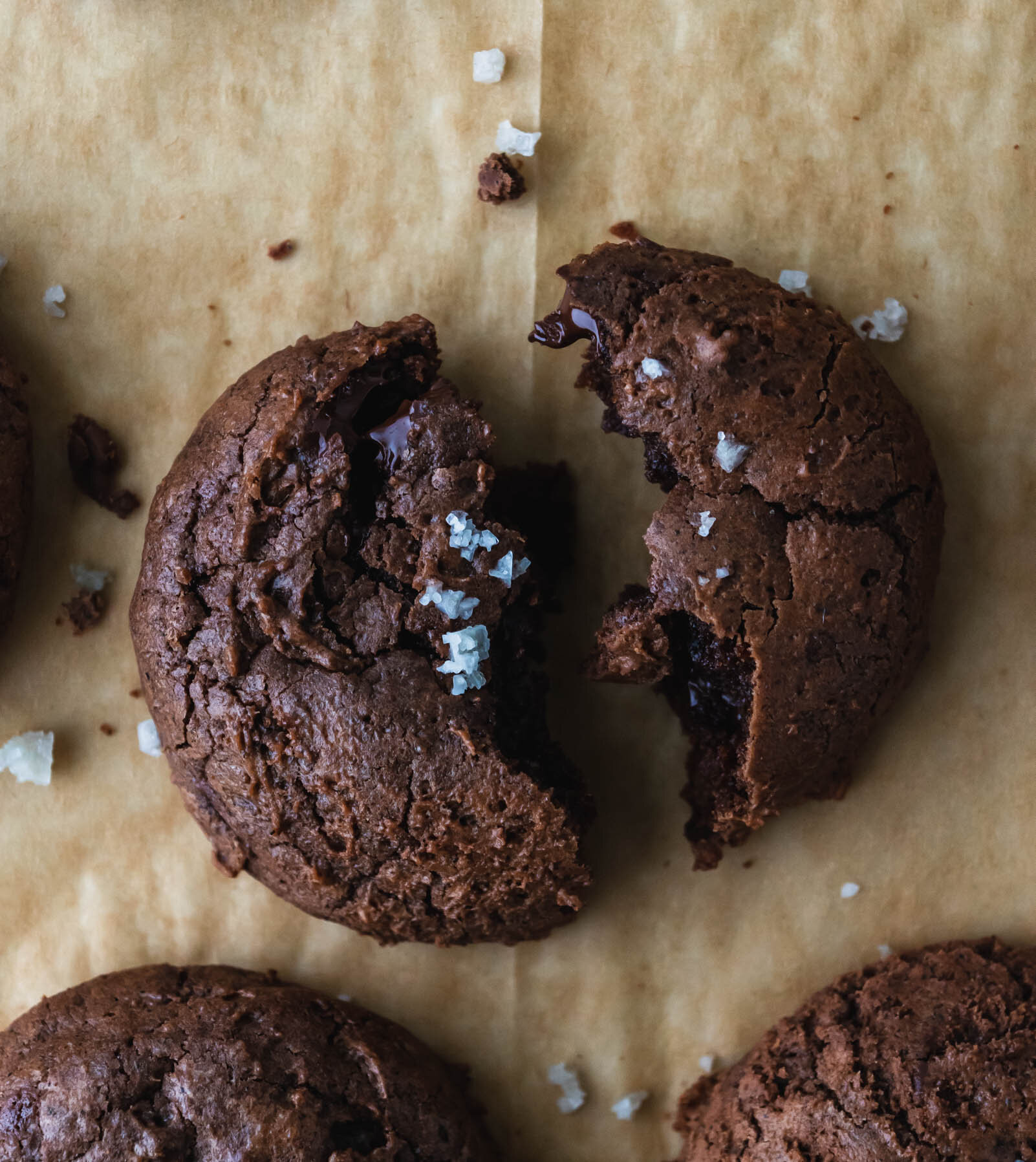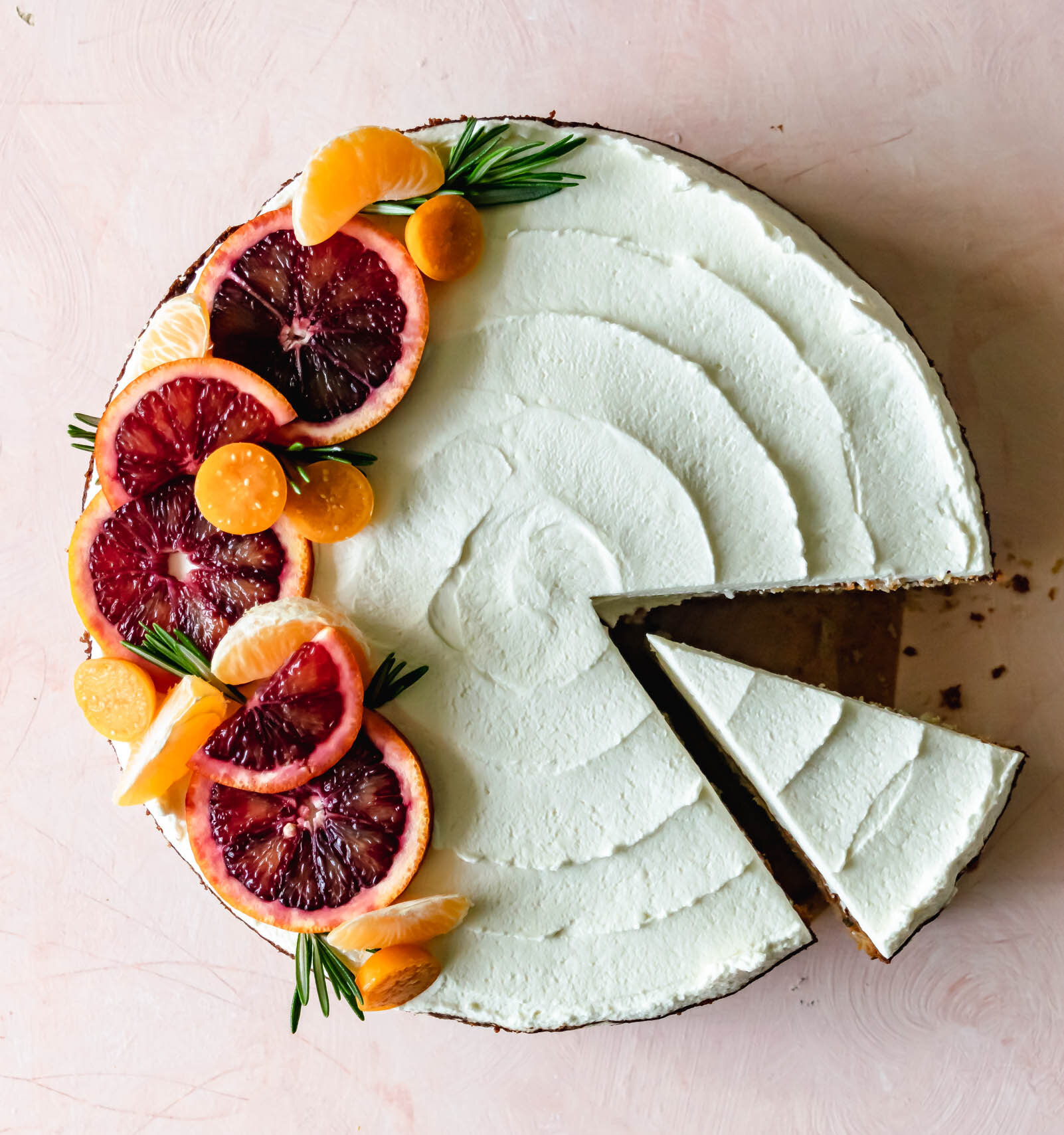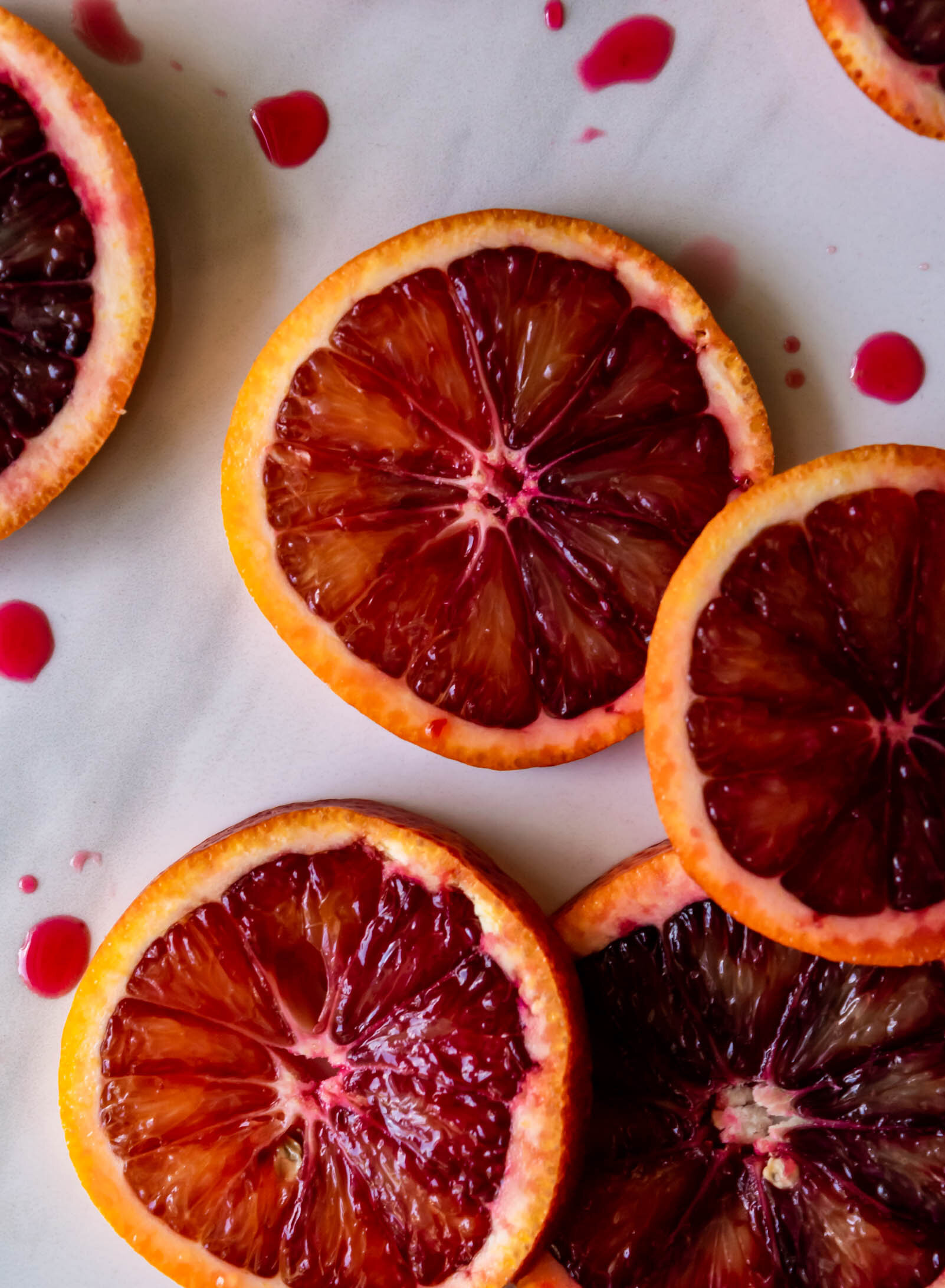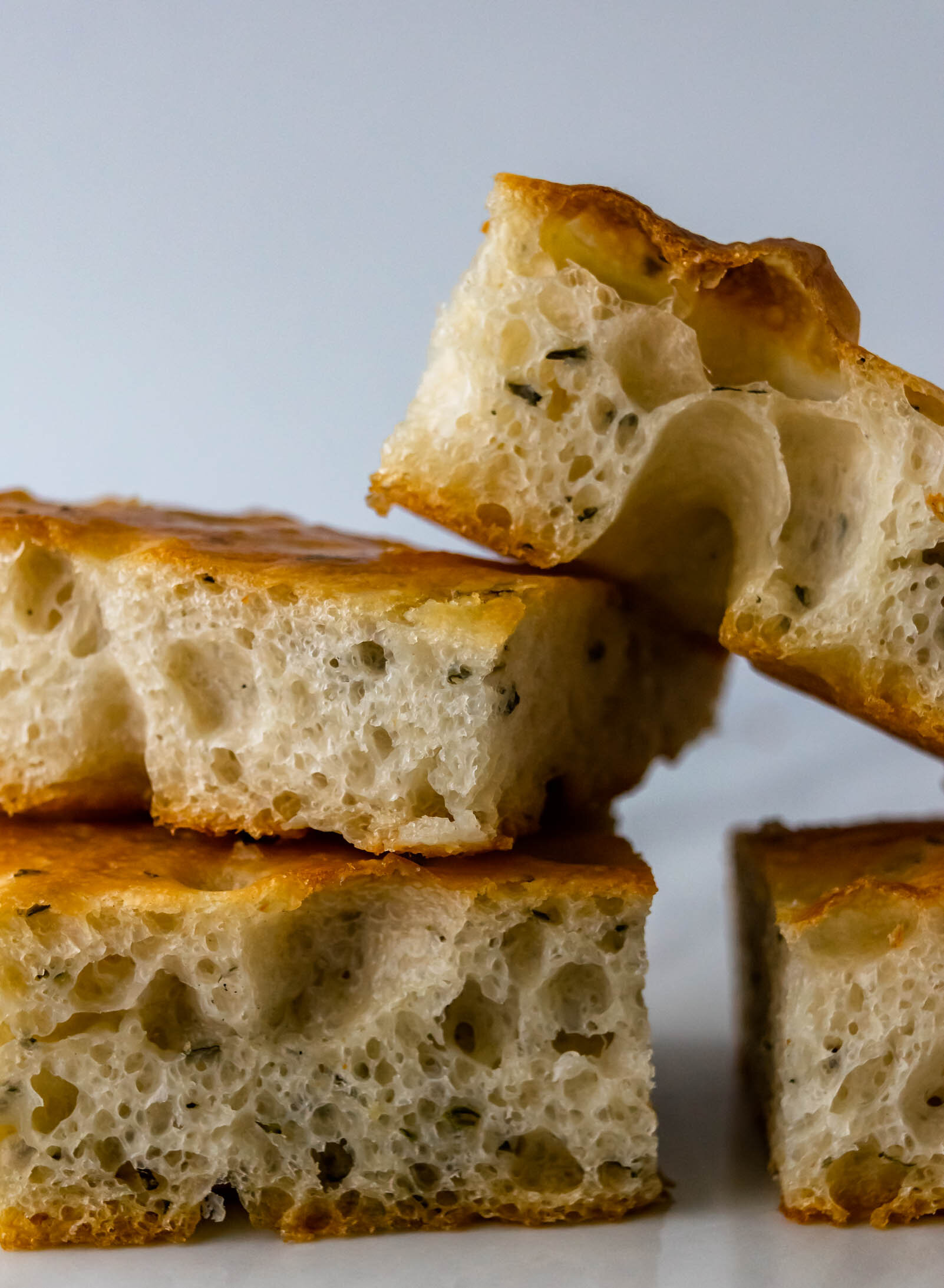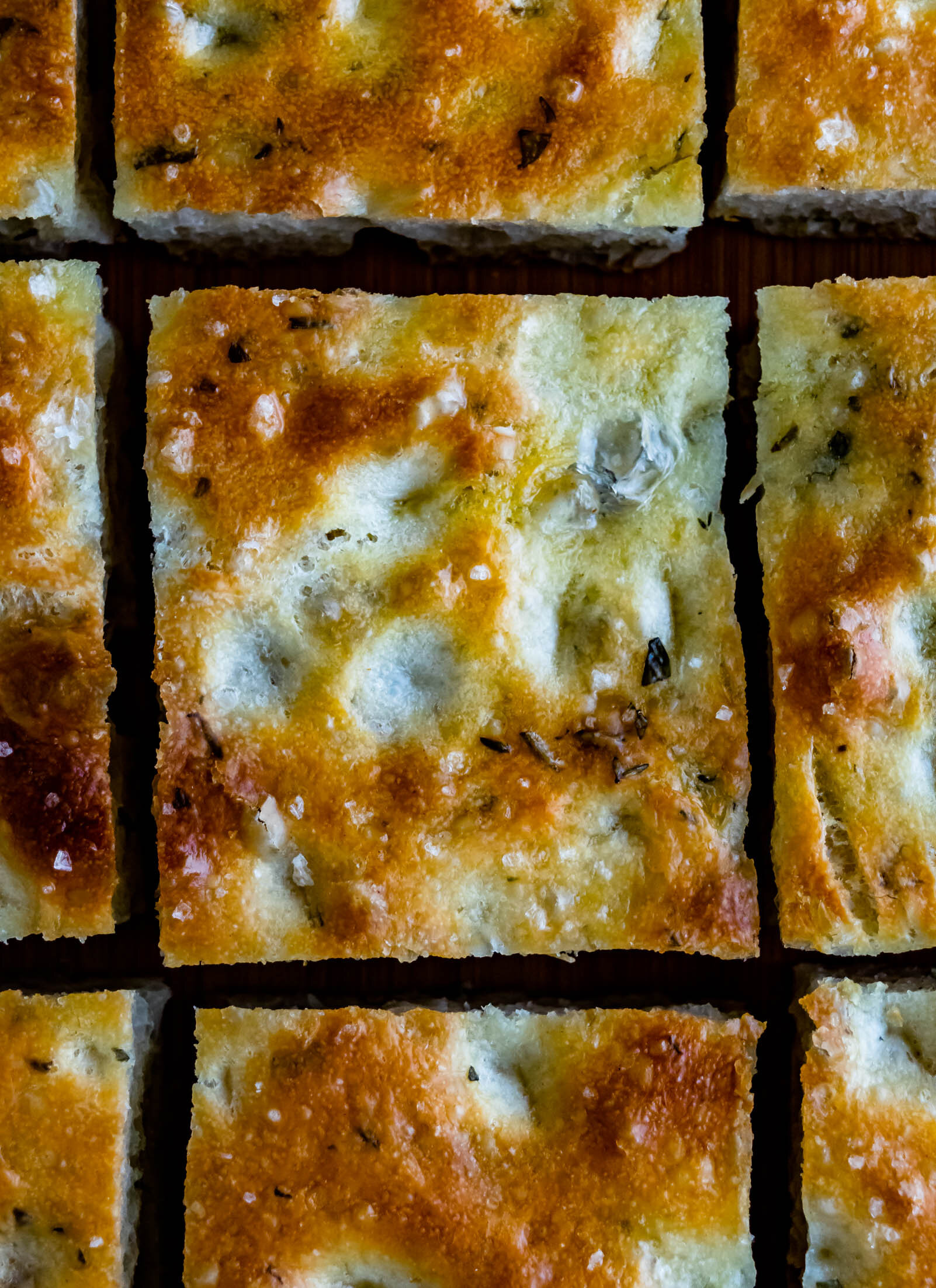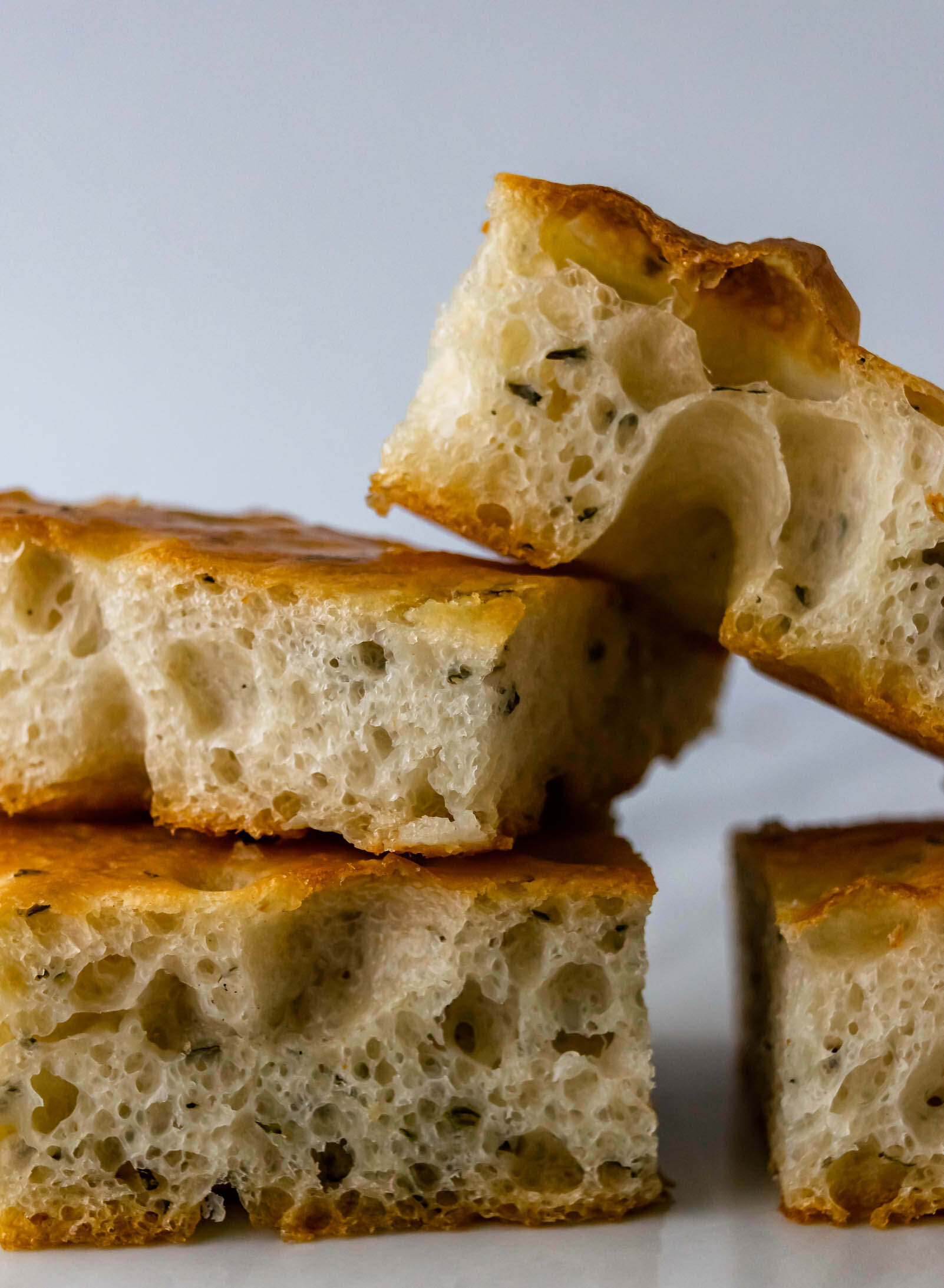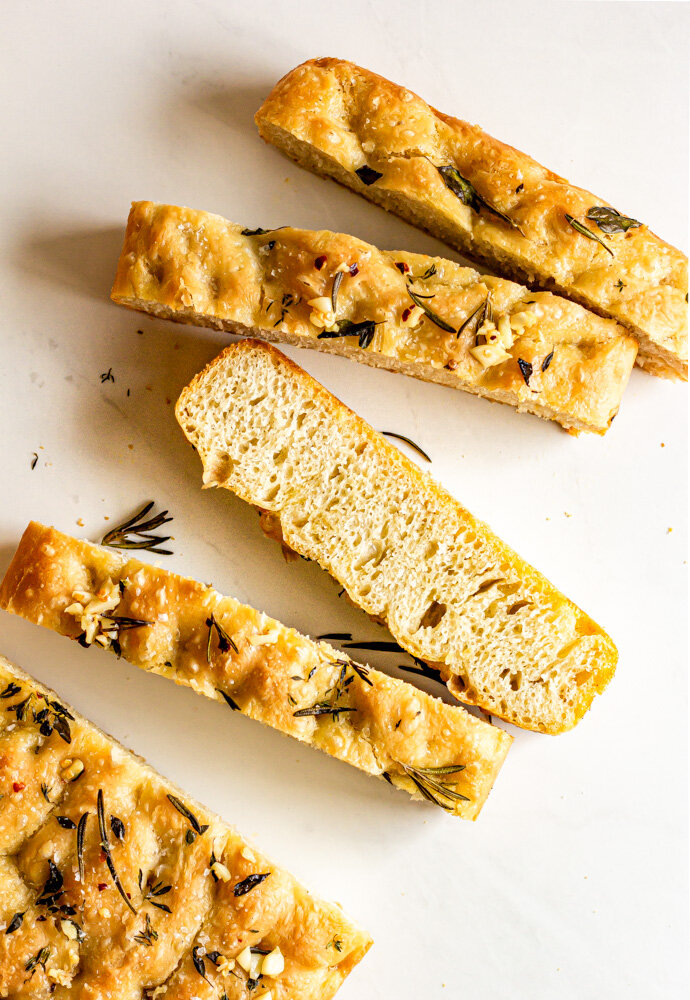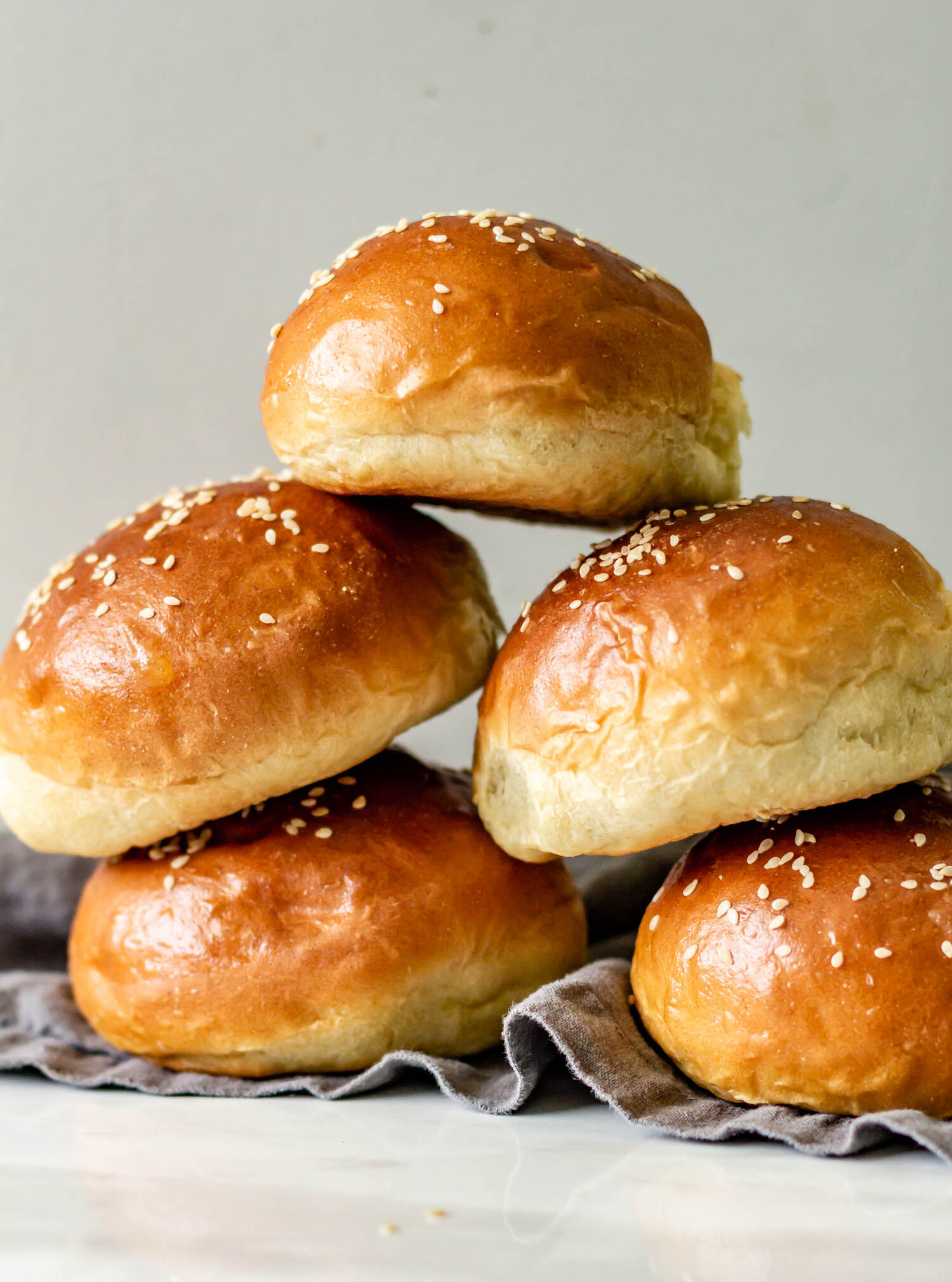Toasted Buckwheat and Chocolate Cookies with French Grey Salt
/A few months ago, I was wandering through World Market probably spending more money than I needed to on more linens and kitchen gadgets than I needed, when a giant bag of French grey salt caught my eye. I love new and fancy salts. A few years ago Martin even built me a little kitchen tray just for my salt collection and let me tell you, that tray is very full. I love how salt comes in different shapes and sizes and colors, each with it’s own characteristics and purpose when cooking. I also firmly believe that desserts especially need salt. Salt makes every other ingredient in a dessert shine, while cutting through sweetness and adding complexity. I just really love the stuff. And if you have been around this blog for any amount of time, you know that the most important part of any great cookie is the flaky salt sprinkled generously on top right as they come out of the oven. (If you don’t believe me, you can find proof here, here, and here.)
So this French grey salt peaked my interest. They are large, coarse grained crystals that clump together from moisture. The salt has an extra bit of salinity and briny-ness and tastes exactly like the ocean. In order for that sea water taste to really shine, I paired it with super nutty toasted buckwheat flour and bitter dark chocolate, and it is heaven. These cookies are thick and puffy, but with the texture of a fudgey brownie in the center. If you aren’t able to find French grey salt, you can always substitute a flaky salt like Maldon, but I encourage you to check out your local World Market (or buy it here on Amazon because Amazon always has everything) and experiment with something new. You can never have too many salts, and who knows? Collect enough and maybe your partner will build you a special shelf for them too!
Toasted Buckwheat Chocolate Cookies with French Grey Salt
Yield: 40 medium/small sized cookies
Ingredients:
16 oz dark chocolate, chopped and divided
1 stick (113 g; 4 oz) unsalted butter, cubed
1 cup (240 g; 8.4 oz) granulated sugar
1/2 cup (100 g; 3.4 oz ) light brown sugar
2 tsp vanilla extract
4 eggs
1 1/2 cups (218 g) all purpose flour
3/4 cup (115 g) buckwheat flour
2 tbsp (14 g) dark cocoa powder
1 tsp baking powder
1/4 tsp salt
French grey salt, for finishing
Procedure:
Preheat oven to 350° F. Spread buckwheat flour in an even layer on a small sheet pan. Toast for 5-8 minutes, until fragrant. Set aside to cool.
In a medium-sized heatproof bowl set over a double boiler, combine 11 oz of the chocolate with the butter. Heat, over medium high heat, until smooth and completely melted. Set aside to cool slightly.
In the bowl of a stand mixer fitted with the whisk attachment, combine sugar, brown sugar, eggs, and vanilla. Whip on medium-high speed until the mixture is light in color and slightly thickened. (You should be able to pull the whisk out of the bowl and the mixture should leave a ribbon-like mark in the mixture.)
In a small bowl, whisk together flour, buckwheat flour, cocoa powder, salt, and baking powder.
With the mixer on low speed, stream in melted chocolate mixture. Increase speed to medium and mix until just combined (about 30 seconds).
Switch from the whisk attachment to the paddle attachment and gradually add the dry ingredients, with the mixer still on low speed. Add the remaining 5 oz chopped chocolate and mix for another 30 seconds. Be sure to scrape down the sides of the bowl frequently and mix until just combined and no flour streaks remain. You want to be careful not to overmix, but ensure that everything is well-combined and homogenized.
Cover the bowl with plastic wrap and refrigerate for 30-45 minutes.
Once the dough has set up slightly, use a medium cookie scoop (about 1-1/2 tablespoons), to scoop cookies onto a parchment-lined baking sheet. Cover the tray with plastic wrap, and return to the refrigerator. Chill for another 30 minutes to an hour, or overnight.
When you’re ready to bake, preheat the oven to 350° F and line another baking sheet with parchment paper. Place chilled cookie dough onto the tray, leaving about 2” of space between. Sprinkle each cookie dough ball with a pinch of French grey salt.
Bake for 8-10 minutes for smaller cookies, 10-12 minutes for larger cookies. Let cookies cool at least 5 minutes on the pan before transferring to a cooling rack.
As an Amazon Associate I earn from qualifying purchases.


